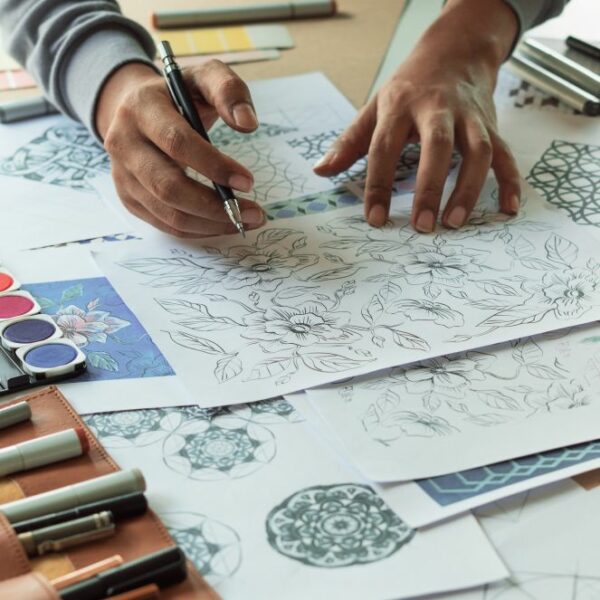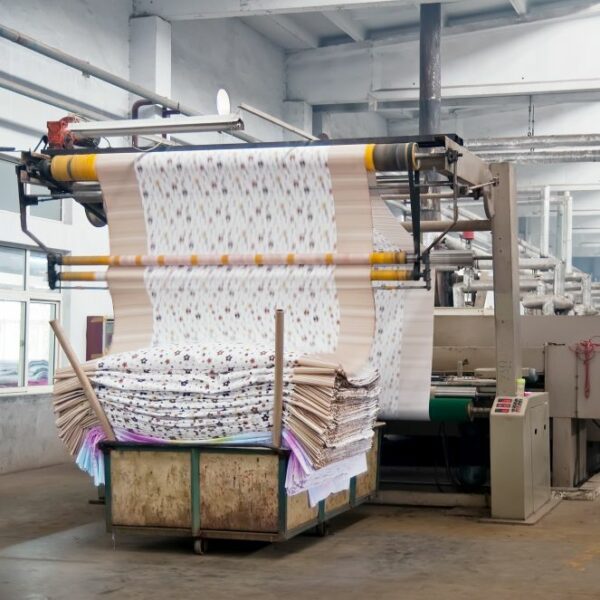Sustainability is a word often used in these last five years or so, but it has been a progressive movement that has existed for a long time before that after people realised that the way things were going did not have longevity. As a London based textile print company, our metropolitan location has made it easy to find out about the developments in the fabric industry, from waterless ways of dyeing to recycled fibers. Many brands are revealing their traceability, use of organic or natural materials, or only using recycled goods. There’s a lot that’s been going on the ground lately, and even as print designers, we love to know how our canvases are changing every year.
The materials, or fibres used in fabrics are the key foundation of how it can be used, not only in its lifetime but also at the end of it. There have been many advancements in the industry, developing cleaner products and conserving non-renewable resources, and still there are huge potentials for innovation that are being tapped into. Businesses both small and large are paying attention to the consumer demand for more long term sustainable and transparent product options, which means an examination of current business practices and restructuring their model. The introduction of technology or products with reusability and recyclability in mind can uplift the industry, and the globe, as a whole.
Eco-responsible consumers are shying away from synthetic fabrics especially after it was discovered that about 35% of microplastics that make it into the ocean are from textiles. Your clothing sheds microplastics even when not being washed- that is, when you’re simply wearing them. Recycled polyester and nylons have entered the commercial market in the past decade and are being touted as the one of the biggest things to happen in the textile industry, but the truth is that they’re aren’t as all perfect as they seem to be. It’s great at reducing our dependence on fossil fuels to make new materials, but there are both pros and cons to the development of recycled plastic fabrics.
When Nike made the 2010 World Cup uniforms from recycled polyester, they were just laying the foundation of them becoming the biggest user of recycled plastic in the industry. Now, with 75% of most of their products using this material, their commitment to sustainability seems unwavering. One thing to note- plastic is still plastic, and washing football jerseys made of polyester, no matter recycled or new, still breaks it down and introduces microplastics into water systems. That same fibres never degrade and slip past sewage filters, into wildlife and environments, and enter our bodies through the food we consume and the air that we breathe.
With this in mind, many people are turning to purchase only natural fabrics. The desire to return to organic materials has grown exponentially with the rise of sustainable lifestyles, and cellulose-based fibres like rayon, and modal are frontrunners in this race to return to the earth. These fibres are harvested from renewable sources of wood such as beech trees, pine trees, and bamboo.
Austrian textile company Lenzing AG is known for their TENCEL™ lyocell which is made from eucalyptus wood harvested from sustainably managed tree farms. These trees grow fast with a low consumption of water, and require no hazardous pesticides to thrive. The process of making these fabrics are closed-loop, and use only one chemical which is a non-toxic solvent called amine oxide. 99% of it is perpetually reused, minimising the impact on the environment and conserving water and energy.
All of these fibres boast high performance qualities, being more absorbent than cotton or even wool and having an extremely soft feel while being very durable. From activewear to bedding, fabrics made of these fibres especially lyocell do very well because of these specific properties.
Lenzing has also developed a new fibre which uses cotton waste from the Inditex fashion brands like Zara, Massimo Dutti, and Bershka. The idea of using post-consumer cotton waste is a huge advancement in the pursuit to build a fully sustainable textile ecosystem, and Lenzing is a frontrunner in development of a better future for the fabric industry. By using unwanted garments, not only is the global issue of the disposal apparel waste being tackled, but the pool of resources of raw materials for textile production is greatly increased and relieves the pressure on clearing land for traditional fabric agriculture like cotton.
Cotton has been the go-to fibre for millenia now, but the overconsumption of this textbook material is putting a strain on the resources needed to grow this demanding crop. It’s known that it is a labour intensive resource, and a lot of toxic pesticides are used in non-organic cotton. These hazardous chemicals affect workers directly and also pollute local ecosystems and drinking water supplies, causing skin diseases and even cancer.
Even organic cotton which does not use chemical pesticides are not much better than its non-organic counterpart. As the world’s largest non-food crop, it consumes huge amounts of water in already dry and arid regions, even reducing the Aral Sea in Central Asia by 90% from water diversion to irrigate cotton farms. It’s not to say that it should be vilified, but turning to other alternative materials instead of merely focusing on one can do wonders for our global ecosystem.
An alternative fibre that is making a comeback in contemporary textiles is hemp. It was the earliest cultivated plant used for textile production, but is also used for an incredible amount of industries, from fuel to construction. This miracle crop consumes a huge amount of carbon dioxide, absorbing 22 tonnes of CO2 in just one hectare. By growing two crops a year, that doubles the amount of carbon dioxide being removed from the atmosphere. This carbon-negative, low-impact plant uses much less water than cotton to grow, and does not rely on herbicides and pesticides to flourish.
As a durable material which is resistant to pilling, the tensile strength of hemp is four times stronger than other traditional natural fibres. Hemp is traditionally made into a linen-like material which has proved popular in home use like kitchen towels and rugs, but it is now being explored to create innovative fabrics with a smoother texture than its traditional counterparts. Even if blended with other higher-impact fibres, the presence of hemp reduces the overall carbon footprint of the finished fabric. Many players are entering the game with hemp fabrics like denim, or mixing it with lyocell for a softer finish. It’s being used in underwear, knitted clothing, and even babies’ nappies, thanks to it’s naturally breathable properties with low heat retention.
However, the issue even with using natural fabrics is that sometimes, dye and finishing processes use chemicals that impact the environment negatively. Horror stories about toxic wastewater from factories being pumped into waterways that used to be flourishing with wildlife are rampant, and for good reason. Roughly 17-20% of industrial water pollution is owed to fabric dyes and treatments, and there are approximately 8000 synthetic chemicals used to bleach, treat, and brighten clothing. These chemicals don’t just remain in the water that they’re released into, but also evaporate into the air we breathe or are absorbed through the skin- causing irritation or rashes at it’s mildest, or cancer at its worst.
With this in mind, a company called DyeCoo was formed in 2008 and has since patented an industrial ready carbon-dioxide based dyeing technology that totally eliminates the need for water and processing chemicals while dyeing fabrics, and also reduces energy consumption by 50%. About 100-150 litres of water is used on average to process a kilogram of textiles with about 28 billion kilograms of textiles being dyed annually, but by using this system which has years of research behind it, no water is consumed and the rate of processing is twice as fast. It uses reclaimed industrial CO2 as the dyeing medium which is continuously captured and reused. Residual dye is minimal and can be extracted and recycled in the closed loop system. Big players like IKEA and Nike are already using this technology and the vibrant, intense colours have been more than satisfactory. With hope, other textile factories will phase out of traditional dyeing systems and into this new alternative.
Sustainability in the fabric industry is not only restricted to the production of textiles. The investment to reduce carbon emissions, water consumptions, and to create more efficient systems can take years to procure. Research into recycled natural fibers like cotton waste is just beginning, and even funding regenerative agriculture to ensure healthy ecosystems instead of using harmful farming practices for textile crops is a commitment that both factories and commercial brands are beginning to pledge to.


































